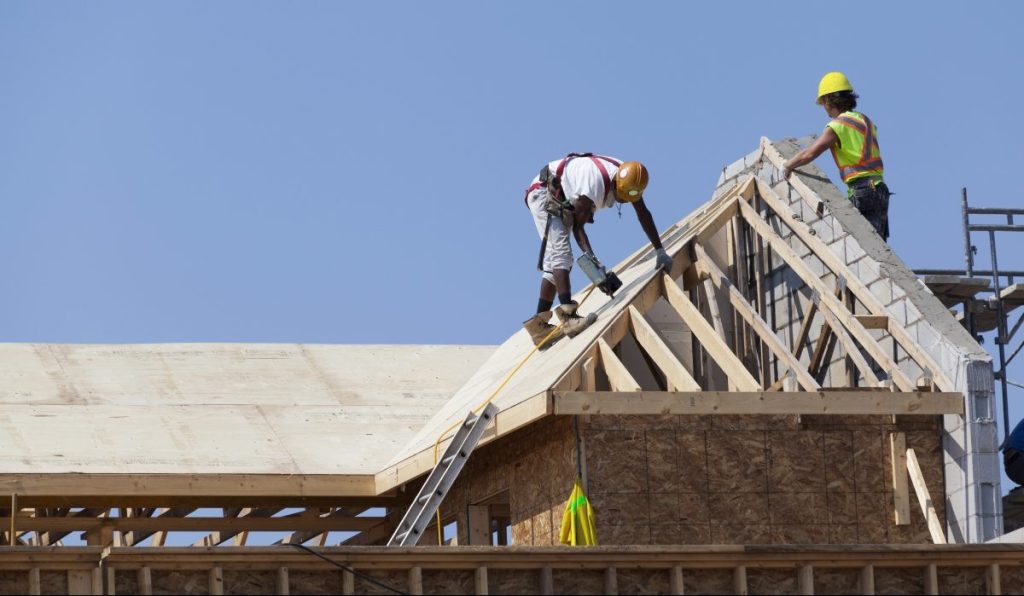Construction of new homes took a dip in October, with housing starts declining month-over-month by 0.7% to 1.52 million, according to a report published by the U.S. Census Bureau and the U.S. Department of Housing and Urban Development this week. Year-to-date, housing starts were up just 0.4%.
Analysts’ predictions that the month of October would see a flurry of new housing construction activity were proven overly optimistic.
Kwame Donaldson, senior economist at Zillow, said in a statement that the data for the month “did not meet expectations.”
“Housing starts almost always rise this time of year — on average, the jump in starts between September and October represents the sharpest monthly increase of the year,” Donaldson said. “Over the last decade in particular, builders have settled into a fall pattern of bouncing back from September’s east coast tropical storms and western wildfires and shifting into high gear in October in advance of the winter slowdown.”
The report also said that 1.24 million homes were completed, virtually unchanged from the month prior.
How Freddie Mac is addressing affordable housing challenges
As part of Freddie Mac’s mission to provide liquidity, stability, affordability and equality to the housing market, Freddie Mac created its Housing Solutions team in 2020 to reduce barriers to homeownership and provide solutions to some of the nation’s toughest housing challenges.
Presented by: Freddie Mac
In the past year, housing starts activity has been hit by supply chain disruptions and labor shortages, resulting in supply-chain bottlenecks and rising costs, and is continuing to weigh down on housing construction in the nation.
However, there is a silver lining and that is that building permit requests increased by 4% to 1.65 million in October— an unexpected surprise.
“Despite the relatively soft starts data, homebuilders seem to have plenty of confidence in favorable sales conditions today and over the next six months — permits, the most dependable leading indicator of future building activity, notched a decent increase,” Donaldson noted.
Single-family permits in October rose to 1.07 million, a 2.7% increase from September, while privately-owned housing units authorized by building permits chimed in at 1.65 million, a 4% increase from the September rate of 1.6 million.
Odeta Kushi, deputy chief economist at First American, said that while single-family permits were still down from pandemic highs, the numbers are nearly 6% higher than pre-pandemic times.
“Yet the number of single-family homes permitted, but not started increased this month and is 43% higher compared with one year ago, at tell-tale sign of ongoing supply chain issues,” Kushi said.
Kushi added that new housing has been under built relative to demand for years and that it will take time for building to “exceed household formation for some time to reduce the housing stock ‘debt’ we have accumulated.”
“One issue is a shortage of construction workers and muted productivity,” she said. “Labor productivity in single-family residential construction is no more productive than it was over 10 years ago. Increasing construction productivity will be key to narrowing the supply-demand gap.”






